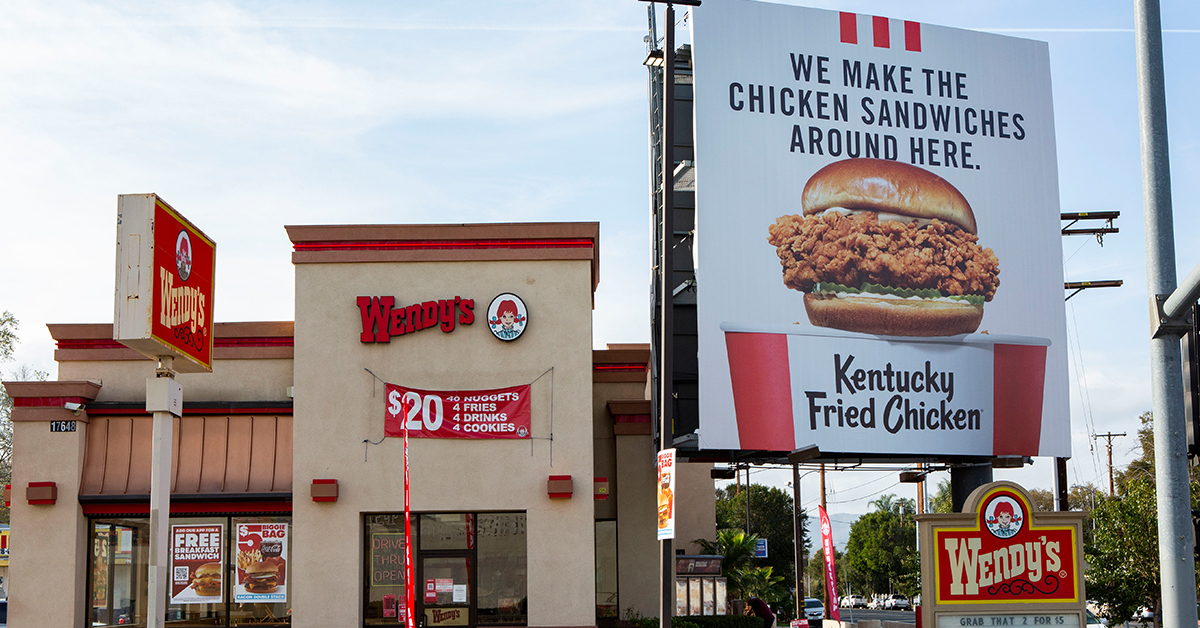
Quick Service Restaurants (QSRs) emphasize fast and efficient service. Shouldn’t they expect the same from their advertising efforts?
QSRs are known for their quick turnaround time, which makes them popular among people on the go looking for a quick meal. OOH targets audiences while on the move between destinations. Because of this, Out-of-Home advertising is an excellent option for QSRs.
However, QSRs may face challenges in creating their OOH campaigns, including ad clutter and competition from similar brands, short dwell times for messaging and selecting the right markets and locations for their advertising. In this article, you will learn the effectiveness of OOH for QSRs and how to maximize the impact of your outdoor advertising efforts.
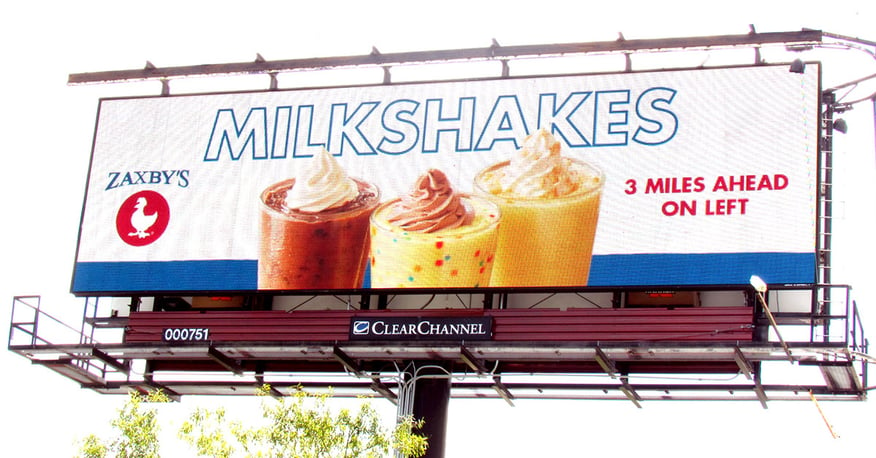
OOH is an effective form of advertising for QSR brands. Sixty percent of audiences recall seeing a QSR ad recently, according to a June 2022 Harris Poll. Sixty-seven percent of audiences saw a QSR OOH ad and purchased food at a physical store. But there are other actions that QSR OOH audiences took after seeing an advertisement:
OOH Ads Drive Sales
67% Made an in-store purchase
39% ordered from a restaurant using a mobile app
OOH Ads Drive Web Traffic
39% visited a restaurant’s website
OOH Ads Drive Engagement
24% Shared advertiser info through word-of-mouth
16% Used QR code, tap tech, or SMS text to engage
OOH Ads Drive Social Media
16% Followed a restaurant on Social Media
14% took a picture of an ad to share on social media
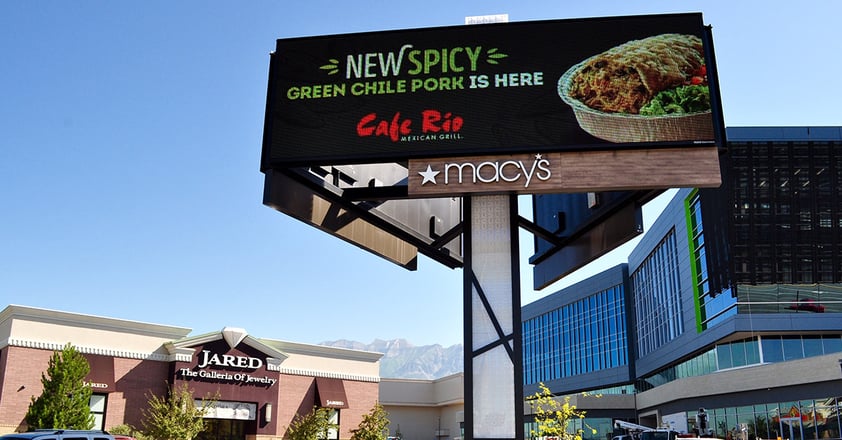
Younger and city-dwelling Americans tend to have a higher recall of OOH QSR ads. The following graph shows the likelihood of recall amongst different audience segmentations:
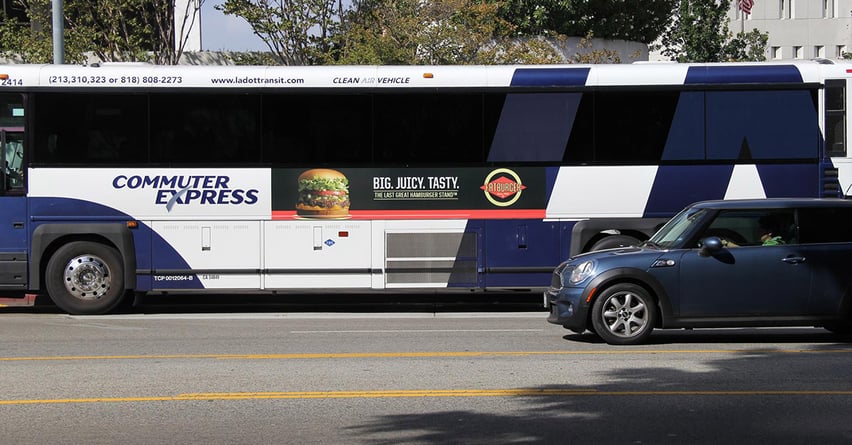
Three-quarters of millennials and Gen Z audiences were likely to remember seeing an ad for a QSR. Nearly 70 percent of those living in large cities were also likely to remember an ad. Men were also 10 percent more likely than women to recall QSR OOH ads.
OOH advertising has a broad reach. But advertisers can build custom audience overlays to reach specific audiences. Targeting options include segmenting by zip code, county, or US census tract.
Targeting audiences more likely to recall and respond to your ad can help you to build a more effective campaign. But what formats and messaging strategies should you use to have the best outcomes?
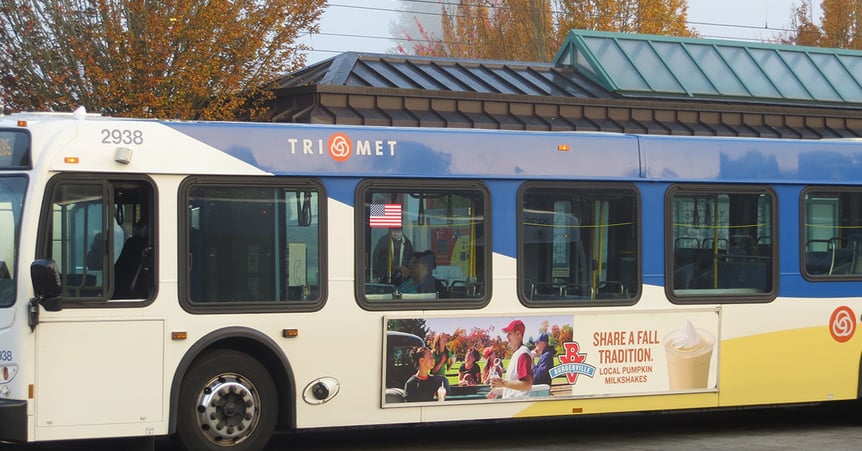
Your strategy may vary based on your target audience, budget, and objectives. Ensure your creative contains mouthwatering imagery that entices your audiences to buy your food products.
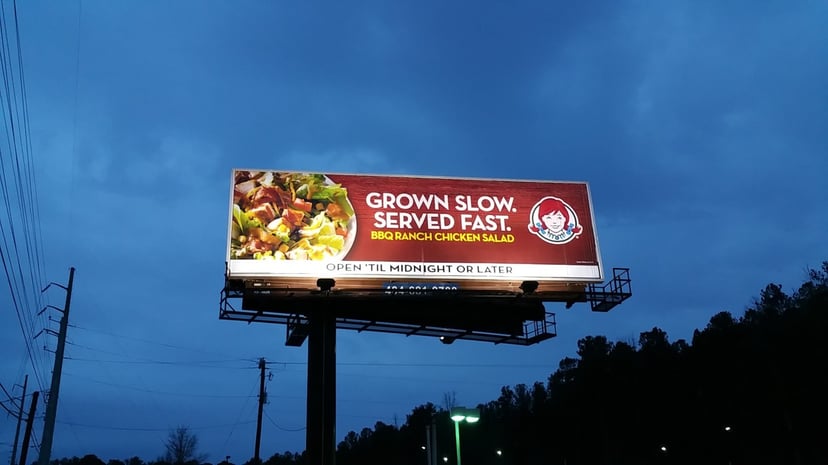
Using an OOH Specialist, you can track the effectiveness of your restaurant’s outdoor ad campaigns. Billups allows you to track audience profiles, exposures, and foot traffic to POIs/stores against campaigns.
Sign up for an attribution study based on location visitations to inform campaign effectiveness or identify how your markets perform based on your brand’s KPIs. Our studies track audience exposures mapped against the most frequented locations in any US market. We provide audience or destination intelligence to improve brand creative alignment, sales insights & opportunities. Reach out today to learn more!
Don't worry—we won't share your information.